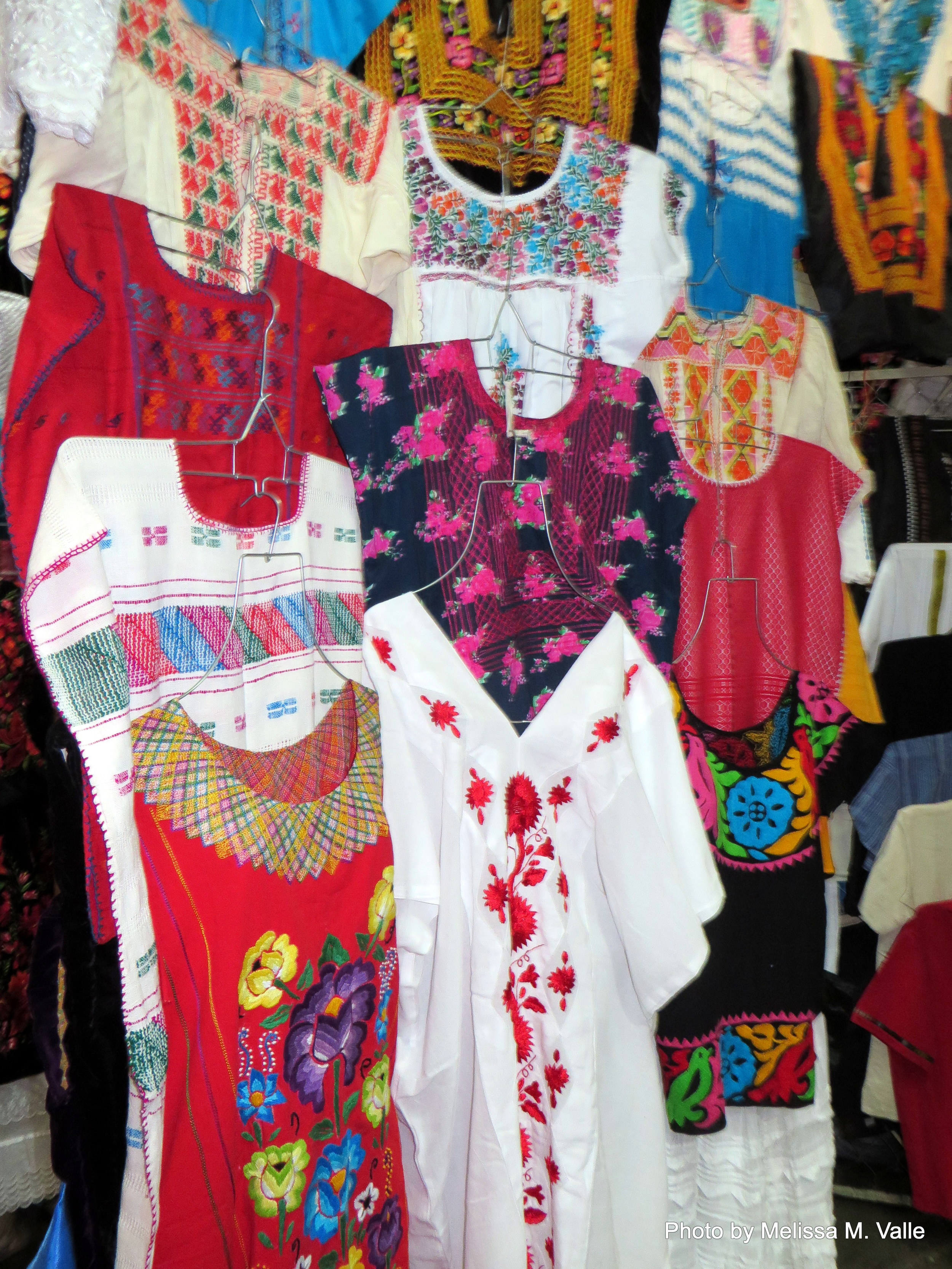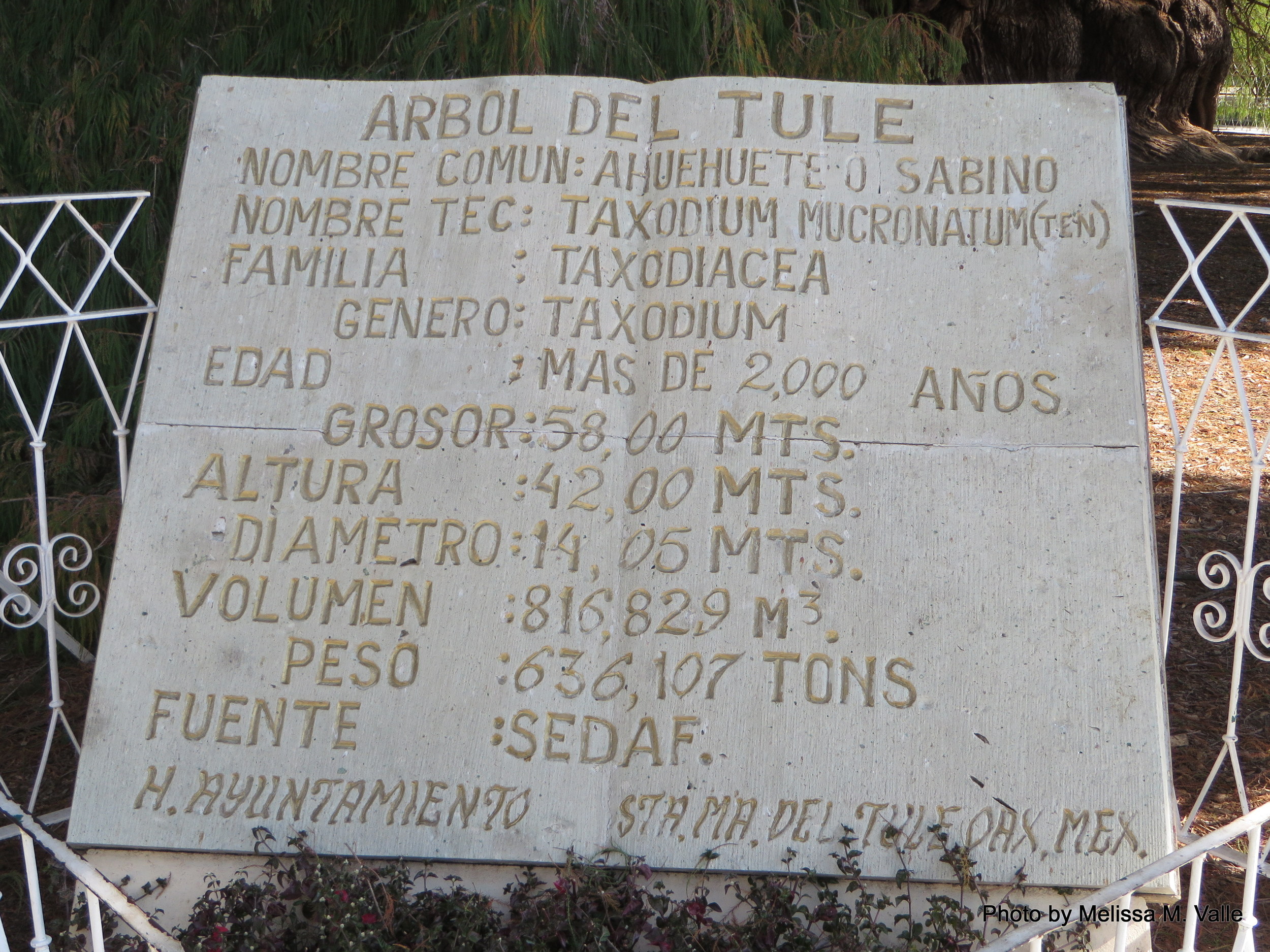Gordon Parks, March 8, 1968, Life Magazine
I’ll be honest. I haven’t seen many photos, much video footage or any news coverage (short of that in the commentary of comedians) from the recent uprising in Baltimore. It’s too much. It’s too painful to witness, even second hand. It’s not just that we don’t have time to mourn the death of one woman, man or child at the hands of state-inflicted violence before we receive news of another. It’s that every fallen tear, strained scream, rock thrown, or window smashed represents centuries of injustices, of frustrations about hopes dashed, of compounded inter-generational pain and suffering, of communities purposely left to languish. And yes, this is what resistance sometimes looks like.
When I was 12 years old, using a tape deck and a notebook, I wrote out the words to “Trapped” by 2Pac (who called Baltimore his home from around ages 12-17). And when I realized what was going down in Baltimore, those words about police brutality and feeling like prey and the bubbling up that comes from deep within memories of a history so old that you can’t even recall them, all came to me.
"Trapped" cover art
They got me trapped
Can barely walk the city streets
Without a cop harassing me, searching me
Then asking my identity
Hands up, throw me up against the wall
Didn't do a thing at all
I'm tellin' you one day these suckas gotta fall
Cuffed up throw me on the concrete
Coppers try to kill me
But they didn't know this was the wrong street
Bang bang, down another casualty
But it's a cop who's shot there's brutality
Who do you blame?
It's a shame because the man's slain
He got caught in the chains of his own game
How can I feel guilty after all the things they did to me?
Sweated me, hunted me
Trapped in my own community
One day I'm gonna bust
Blow up on this society
Why did ya lie to me?
I couldn't find a trace of equality
Work me like a slave while they laid back
Homey don't play that
It's time I lett'em suffer the payback
I'm tryin to avoid physical contact
I can't hold back, it's time to attack jack
They got me trapped
Understand that I’m not quoting Pac to in any way advocate attacks on police officers. But the idea of retaliation harks back to a moment earlier in the week when I found myself proud of my adviser, Shamus Khan. In his lecture to Columbia University undergrads, he attempted to put all of the events transpiring in Baltimore in context, weaving together the semester's foci on categorization, decision-making during times of uncertainty, and social stratification. The most poignant moment for me was when he said that we can’t confuse the attention that non-violent protest has been given as meaning it was historically the only mode of protest that brought about change, even during the Civil Rights Movement where it's often highlighted. And it hit on something that I discussed a lot on social media in the wake of the events in Ferguson. Of course nonviolence is the mode that would be ideal for many. Folks don't really want to put their lives in jeopardy or live in communities even more rocked than they had previously been. But we live in a country that was literally founded upon violence, massacre and destruction. So the United States speaks the language of violence quite fluently. And as oppressed people the civil unrest that we have utilized here has often deinvisibilized us and served as a catalyst for change.
The idea that those at the federal level would advocate non-violence whilst simultaneously using violence as one of the dominant courses to achieving its ends of empire and global economic and political domination is but a reminder that they will unequivocally seek to maintain their monopoly on violence, and any sort of contestation of this violence will only be met with even more extreme forms of it. We know how fucked up the response by law enforcement will be when we attempt to challenge the militarized policing of our bodies and communities, yet we also know that there has to be a strategic organization of tactics that will draw attention to the plight of those in communities where disinvestment, criminalization and stigmatization has been the norm. In addition, we have to focus on the simultaneous dismantling of structures that produced those norms.
It sounds and feels daunting as hell. But there can be a few ways for those locked in a cage to break free. Some will sweet talk the guards. Some will slowly file away the bars in the corner on the low. Some will sit around and pray help comes. Some will collude to use their collective strength to bend what seemed unmalleable. Regardless of how it happens, trust that you can’t keep us trapped forever.
**Check out my event post about yesterday's NYC to Baltimore/NYC Rise Up demonstration in solidarity with the people of Baltimore here.**

















































